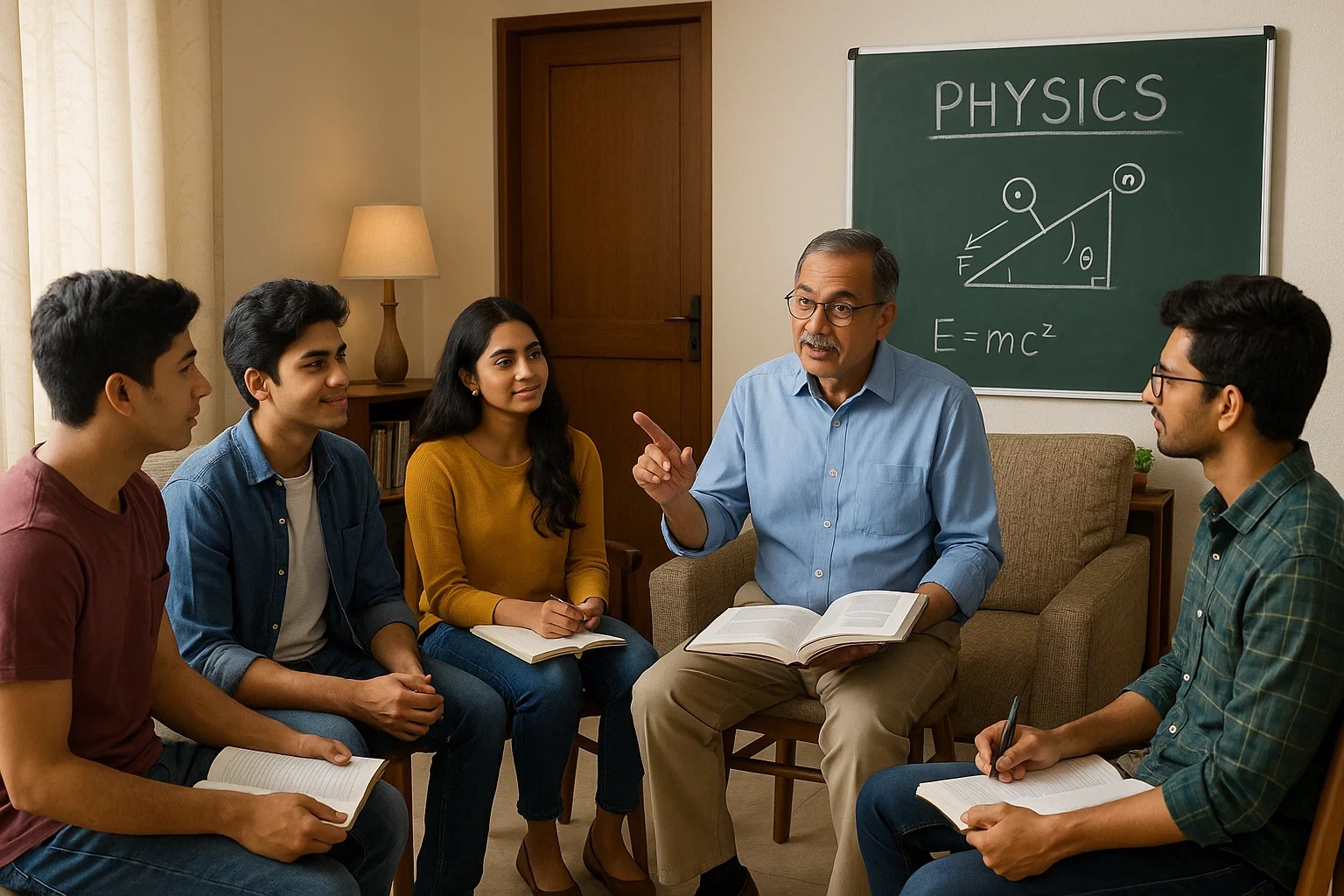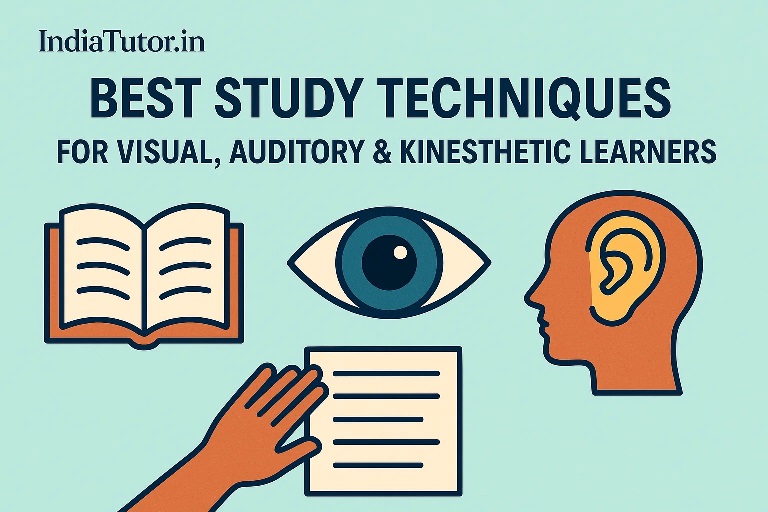Every student learns differently. Some remember better when they see information, some when they hear it, and others when they physically engage with the material. These learning styles are commonly known as Visual, Auditory, and Kinesthetic learning styles.
Understanding your learning style can improve how you study, retain, and apply information, leading to better academic results. Let’s explore what each style means, how to identify your own, and the best study techniques for each.
Understanding the 3 Main Learning Styles
According to the VARK model developed by Neil Fleming, learners are generally divided into four groups, but the three most common in academic settings are:
Visual Learners – Prefer images, diagrams, and written directions.
Auditory Learners – Learn best through listening and speaking.
Kinesthetic Learners – Grasp concepts through movement, touch, and hands-on experience.
A study published in the Journal of Educational Psychology found that aligning teaching methods with a student’s learning style improves engagement and retention by over 60 percent.
Let’s break this down further.
1. Study Tips for Visual Learners
How they learn best:
Visual learners remember things by seeing them. They like charts, graphs, color-coded notes, and pictures.
Study Techniques:
Use diagrams, flowcharts, and mind maps to summarize information.
Highlight keywords in different colors.
Watch educational videos or animations to reinforce concepts.
Use flashcards with images or keywords.
Arrange notes using bullet points and clear formatting.
Example:
When studying science, a visual learner might draw the digestive system rather than read paragraphs about it. This image stays longer in memory.
2. Study Tips for Auditory Learners
How they learn best:
Auditory learners absorb information through listening and speaking. They often prefer lectures, discussions, or explaining topics aloud.
Study Techniques:
Read your notes out loud or record yourself and listen later.
Join or form study groups to discuss key topics.
Use rhymes, songs, or mnemonics to memorize information.
Listen to podcasts or educational audiobooks.
Explain what you’ve learned to someone else.
Example:
An auditory learner preparing for a history test might benefit from a recorded summary of key events, listening repeatedly instead of just reading the text.
3. Study Tips for Kinesthetic Learners
How they learn best:
Kinesthetic learners retain information by doing. They enjoy hands-on tasks, experiments, and physical activity during study sessions.
Study Techniques:
Use hands-on learning tools like models or lab experiments.
Walk or pace while reviewing flashcards or notes.
Take frequent breaks and keep study sessions short.
Act out concepts or simulate situations (role-playing for social studies or languages).
Use tactile materials like puzzles or physical study aids.
Example:
To understand math concepts, a kinesthetic learner might use beads, blocks, or everyday objects to visualize problems rather than just writing equations.
How to Identify Your Learning Style
You can often recognize your style by paying attention to how you best remember things. Do you visualize pages? Remember what the teacher said? Prefer writing things out or building models?
There are also short learning style quizzes available online (like the VARK Questionnaire) that can give you quick insights.
But remember, most people are a mix of styles, with one being more dominant.
Why This Matters
Knowing your learning style can:
Save you time while studying
Improve retention and understanding
Reduce frustration and boost confidence
In a 2023 survey by EdTech Review India, 72 percent of students reported improved academic performance when using study methods tailored to their learning preferences.
As tutors, teachers, and parents, it’s equally important to adapt our teaching strategies to match the student’s dominant learning style. This can lead to better outcomes, stronger motivation, and a deeper love for learning.
My Thoughts
There is no one-size-fits-all in education. What works wonderfully for one student may not work for another. The key is to discover how you learn best, then tailor your study habits accordingly.
At IndiaTutor.in, we connect students with tutors who understand different learning styles and personalize their teaching to bring out every child’s best.
Explore our platform to find the right tutor who matches your learning needs.
By Nidhi Mehta, Founder – IndiaTutor.in

